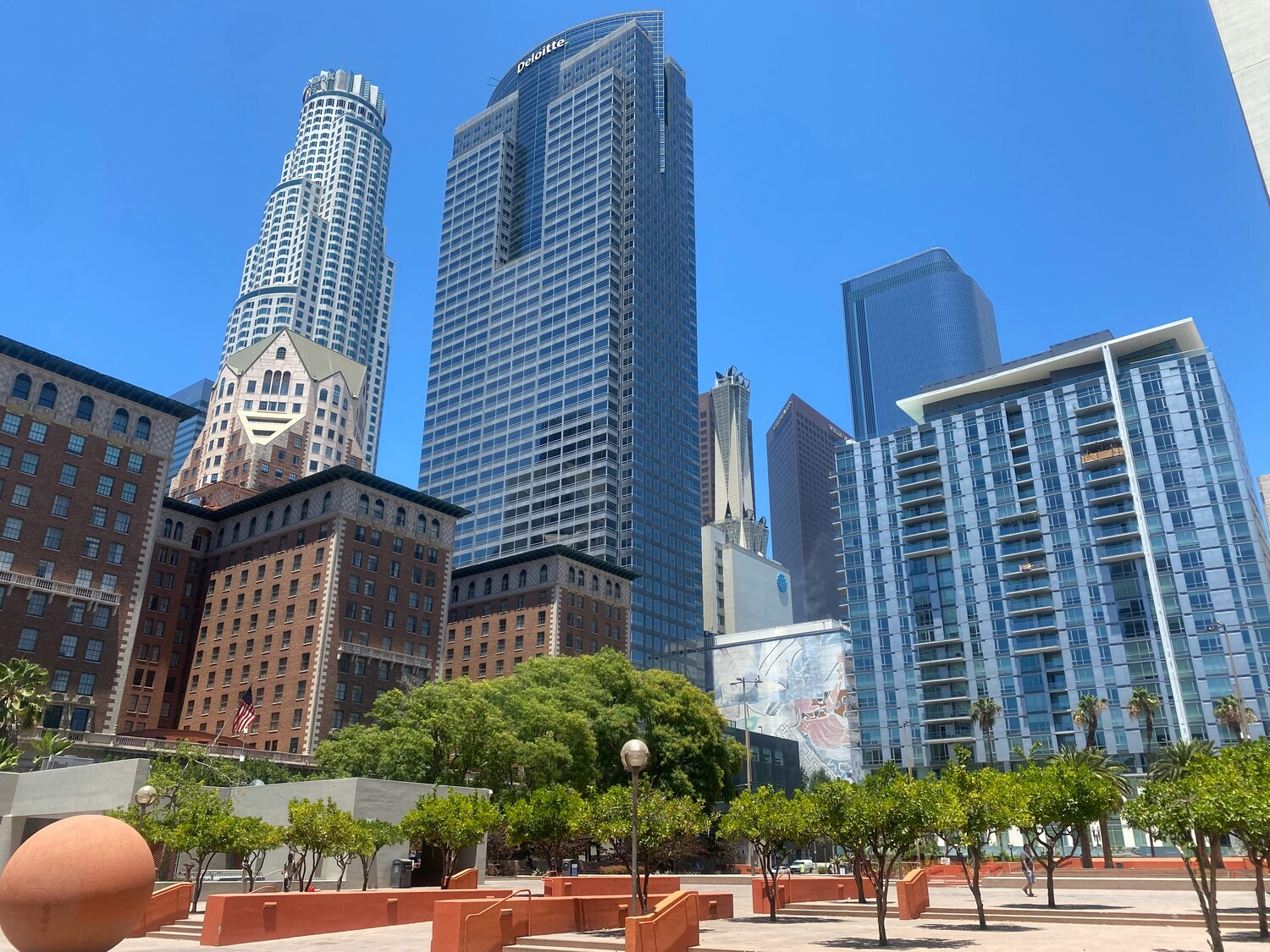Safety has long been a driving force behind where people choose to live. Families pick neighborhoods based on low crime stats, good schools, and quiet streets. For decades, terms like “nice part of town” or “safe neighborhood” carried real weight. But in 2025, those perceptions are changing (and fast).
The idea of a “safe neighborhood” isn’t what it used to be. Many communities once hailed as secure havens are now dealing with unexpected challenges. Some face spikes in property crime. Others battle drug activity, declining police presence, or infrastructure decay. And perhaps most unsettling: the danger doesn’t always come in the form of violence. It often hides in rising desperation, unchecked development, and false appearances.
Here are 10 “safe” neighborhoods across America that are being reexamined in 2025, and why they might not be as secure as you think.
10 “Safe” Neighborhoods That Are Being Rethought in 2025
1. Suburban Areas Near Urban Sprawl
Suburbs bordering major cities are feeling the impact of rapid expansion. What were once sleepy bedroom communities now find themselves overwhelmed by traffic, noise, and crime spillover.
Developers push new builds faster than towns can manage infrastructure. Meanwhile, rising costs force longtime residents out, creating a vacuum that leaves behind unmonitored rental properties and neglected neighborhoods.
The illusion of suburbia no longer guarantees safety. Without investment in schools, emergency services, and community programs, these zones become vulnerable to decay, and crime follows.
2. Gentrified Downtown Districts
Urban renewal brought in bike lanes, breweries, and high-end condos, but it didn’t erase crime. In fact, many downtown districts now face dual realities: new wealth living side-by-side with persistent poverty and tension.
Gentrification creates economic divides that spark resentment, and petty crimes like vandalism, theft, and trespassing often rise in tandem. Plus, these areas typically attract large crowds and transient populations, making it harder to police effectively. The result? A neighborhood that looks safe on Instagram, but feels different after dark.
3. Historic Districts with Aging Infrastructure
Charming streets and restored homes may hide serious problems. Many historic districts are struggling with crumbling infrastructure—aging water lines, outdated electrical grids, and failing sewage systems.
In 2025, these overlooked issues are turning into real hazards. House fires, power outages, and even sinkholes are more common in areas once known for their charm and prestige. And as cities prioritize new development, maintenance in these older areas often takes a back seat, leaving residents with quiet but very real safety concerns.
4. College Towns with Shrinking Enrollments
Traditionally, college towns enjoyed stable economies, strong community engagement, and low violent crime. But in recent years, declining enrollment and shifting education models have hit these areas hard.
With fewer students, local businesses shutter, rental properties sit vacant, and previously safe streets see a rise in opportunistic crime. Without the vibrancy of a bustling campus, the surrounding neighborhoods often struggle to maintain their identity or safety. The party may be over, and what’s left behind isn’t always pretty.
5. Affluent Subdivisions with Private Security
You’d think gated communities would be among the safest places to live. But private security doesn’t equal immunity from crime. In fact, many high-income neighborhoods are now being targeted because of their wealth.
Criminals are using drones, stolen passcodes, and delivery disguises to bypass gates and patrols. In some cases, the very people hired to protect these communities have exploited their access. In 2025, wealth doesn’t guarantee safety. It makes you a target. And overreliance on private guards can give residents a dangerous false sense of security.

6. Remote “Getaway” Towns That Boomed Too Fast
Post-pandemic migration trends turned rural getaways into booming residential hubs. But the fast influx of newcomers outpaced the ability of small towns to expand law enforcement, healthcare, and housing oversight.
With more people and fewer resources, crime rates have risen, not in violent incidents, but in property damage, drug use, and mental health crises. Some towns are seeing tensions rise between longtime locals and newcomers with very different expectations. What was once “quiet and safe” is now a stressed-out patchwork of conflicting priorities.
7. Tourist-Friendly Beach or Resort Areas
Tourist towns have always had a hidden side—service workers struggling to survive, seasonal housing shortages, and off-season downturns. In 2025, those cracks are turning into full breaks.
Increased cost of living and transient populations have led to surges in petty crime, housing scams, and even human trafficking. Meanwhile, law enforcement is often overburdened or underfunded due to the seasonal nature of the economy. Vacation spots can feel secure during peak season, but under the surface, they’re increasingly volatile year-round.
8. Tech Hubs That Priced Everyone Out
Cities that boomed with tech investment in the last decade are now facing backlash. Skyrocketing rents have pushed working-class families further out, while once-vibrant downtowns hollow out during economic downturns or layoffs.
We’re seeing spikes in homelessness, car break-ins, and neighborhood disputes in formerly “elite” zip codes. And when tech workers leave or work remotely elsewhere, the tax base drops, leaving fewer funds for public safety and services.
In short, high demand doesn’t always equal high safety. And the tech bubble doesn’t protect against real-world consequences.
9. Master-Planned Communities With HOA Blind Spots
HOA-controlled communities promise uniform landscaping and a strong sense of order, but they’re often unprepared for real emergencies.
In some neighborhoods, HOA boards have been accused of ignoring serious safety issues like broken streetlights, overgrown alleys, or suspicious activity. Many have limited coordination with local police and fire departments, assuming private management is enough. But in moments of crisis, those assumptions fall apart—and residents are left wondering who’s really looking out for them.
10. High-Rated School Districts Under Pressure
Parents often choose where to live based on school rankings, but the pressures of 2025 are taking a toll even on top-tier districts. Budget cuts, staffing shortages, and increasing mental health issues among students are straining systems. These tensions often spill into the community—fights among teens, increased truancy, and property crime around schools.
Add to that the scrutiny of social media and political division, and even neighborhoods with “excellent” ratings are feeling less stable than ever.
Time to Rethink What “Safe” Really Means
In 2025, safety isn’t a zip code. It’s a moving target. It’s influenced by the economy, infrastructure, community engagement, and how quickly a neighborhood can adapt to change.
Trusting a label like “good neighborhood” without doing your homework can leave you exposed. Real safety comes from transparency, connection, and awareness, not just glossy real estate brochures or outdated crime maps.
Have you noticed changes in your own neighborhood’s safety over the last few years? What’s changed, and how are you adapting?
Read More:
10 Up-and-Coming Cities to Buy Property Now—Before the Prices Skyrocket
9 Cities That Were Once Thriving, Now Barely Recognizable
Read the full article here
















